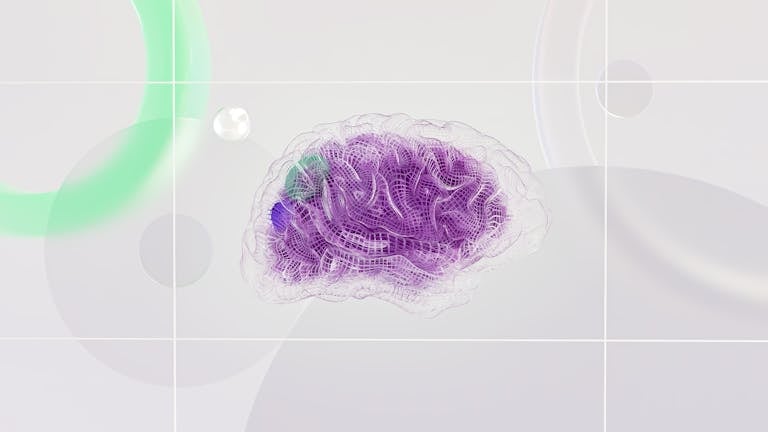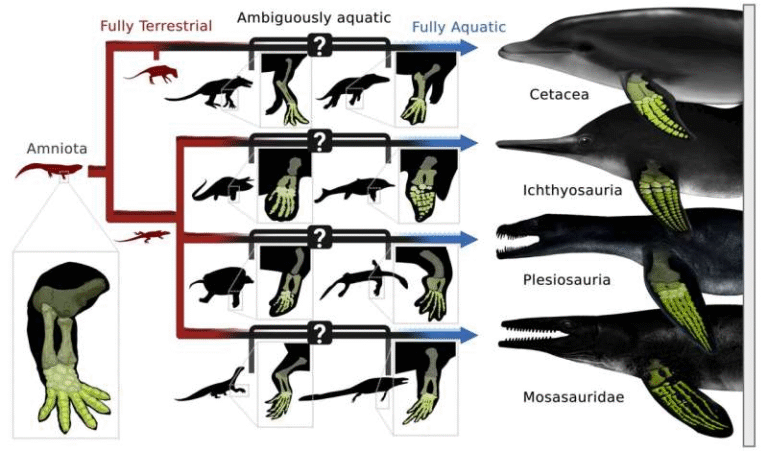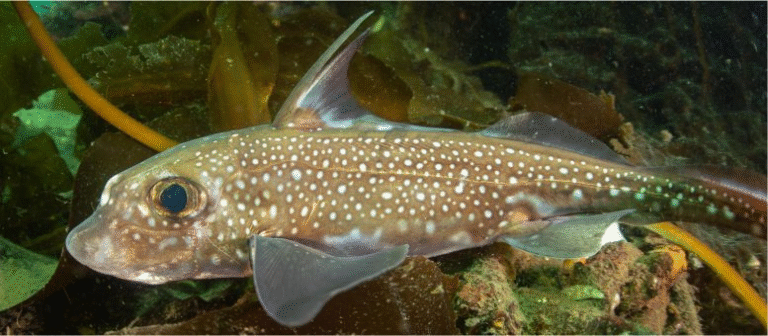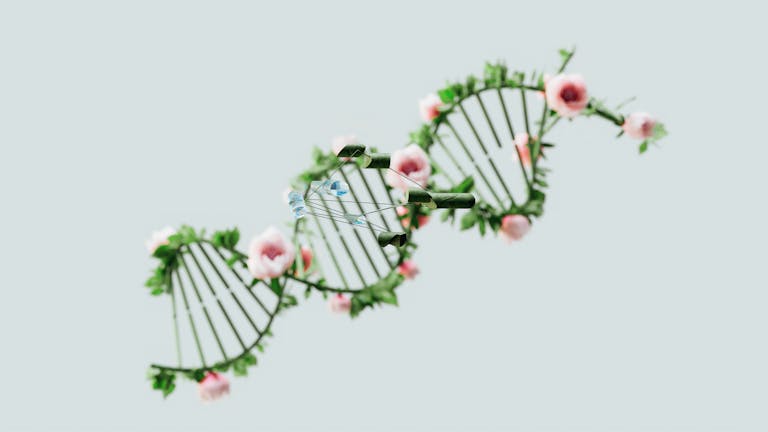Scientists Discover That Plants Can “Reprogram” Their Light Sensors — A New Insight Into How They Grow and Adapt

Researchers at Michigan State University (MSU) have uncovered an entirely new way that plants control their growth in response to light. In a discovery that reshapes what we know about plant biology, scientists found that a metabolic compound—something plants make naturally as part of their chemistry—can actually reprogram a UV light-sensing protein, changing how plants respond to their environment.
This research, published in Nature Communications in August 2025, shows that plants have a far more flexible and interconnected system for handling light than previously believed. The finding could have major implications for agriculture, particularly for developing crops that can thrive under stressful or low-light conditions.
How the Discovery Was Made
The research began when Erich Grotewold, a Michigan State University Research Foundation Professor, and his team were studying a group of Arabidopsis mutants. Arabidopsis is a small flowering plant that scientists often use as a model organism because of its simple genetics and fast growth.
The researchers were looking at plants that lacked a certain enzyme involved in the flavonoid biosynthesis pathway—a series of chemical reactions that help plants make flavonoids, compounds that act as natural sunscreens and pigments. These molecules are crucial for protecting plants from UV damage, pests, and other environmental stresses.
During their experiments, one particular mutant behaved very strangely. When it was grown under specific light conditions, it showed severe growth problems, while other mutants and normal plants remained perfectly healthy. This made the team curious—something beyond the missing enzyme seemed to be influencing how the plant responded to light.
The Role of Naringenin Chalcone (NGC)
Digging deeper, the scientists discovered that the problematic mutant was missing an enzyme responsible for processing a compound called naringenin chalcone (NGC). Normally, NGC is just a metabolic intermediate—a temporary molecule produced along the way to making more complex flavonoids.
But in this mutant, because the enzyme that should convert NGC into the next compound in the pathway was absent, NGC began to accumulate in the plant’s tissues. When the researchers examined what was happening inside these plants, they found that this buildup was doing something unusual—it was interacting with the plant’s light-sensing system.
A Surprising Link to the UVR8 Light Sensor
The scientists soon zeroed in on a specific protein called UVR8. This protein is a UV-B light receptor—a type of photoreceptor that plants use to detect and respond to ultraviolet light.
Under normal conditions, UVR8 is inactive when no UV light is present. When a plant is exposed to UV-B radiation, the UVR8 protein changes shape, triggering a series of signals that help the plant protect itself. These signals can lead to changes in gene expression, helping the plant produce protective pigments or adjust its growth.
However, Grotewold’s team discovered that NGC could “reprogram” UVR8, activating it even without UV light. In other words, a simple metabolic compound that normally plays a small role in flavonoid synthesis was now turning on a light receptor all by itself.
This type of biochemical cross-talk—where a metabolic molecule influences a sensory protein—had never been observed before in plants. It showed that plants have an internal mechanism that can mimic or bypass environmental cues, potentially helping them fine-tune their growth when light conditions are not ideal.
Proving the Connection Through Mutant Analysis
To confirm their findings, the team created thousands of different Arabidopsis mutants and grew them under high-light stress conditions. Most plants with accumulated NGC showed the same growth defects as before.
But there was a twist: a small number of mutants grew normally. When the researchers examined these healthy plants, they found that all of them shared a mutation in the UVR8 gene. This mutation disabled UVR8’s normal light-sensing function.
This was the key evidence. It proved that the interaction between NGC and UVR8 was responsible for the unusual growth behavior. When UVR8 was missing or inactive, NGC could no longer cause problems—confirming that the two molecules were directly linked.
Further biochemical tests showed that NGC physically binds to UVR8, stabilizing it in its active form. Normally, UVR8 only becomes active when UV-B light hits it, causing it to split into two monomers that start a signaling cascade. But NGC keeps UVR8 in this active monomeric state, even when there’s no UV light.
This discovery rewrites part of what scientists thought they knew about plant photoreceptors. UVR8 was previously considered a very specific light sensor, responding only to UV-B radiation. Now, it appears that plant metabolism itself can control UVR8 activity, independent of sunlight.
What This Means for Plant Growth and Survival
Plants depend on light not only for photosynthesis but also for regulating growth, shape, and defense mechanisms. Too much light, especially UV radiation, can damage them, just as humans can get sunburned. To protect themselves, plants produce flavonoids and pigments that act like sunscreen, absorbing harmful radiation.
This study shows that the plant’s metabolic state can directly influence how it senses and reacts to light. When NGC levels rise—whether due to a mutation or environmental stress—the plant’s UVR8 sensor may become activated, prompting the plant to switch on protective genes or slow its growth, even without UV-B exposure.
From an evolutionary perspective, this makes sense. It gives plants an internal backup system that helps them adapt quickly when environmental light conditions change.
The Potential for Agricultural Innovation
The implications of this discovery are enormous. If scientists can learn how to control or mimic this mechanism, they could develop crops that are better at handling light stress, such as intense sunlight or low-light environments.
For example, crops grown in greenhouses, shaded regions, or areas with fluctuating light levels could be engineered to optimize their light use without depending solely on natural sunlight cues. Similarly, plants exposed to high levels of UV radiation (due to thinning ozone layers or high-altitude farming) could be made more resilient by fine-tuning their internal signaling systems.
Researchers believe this finding could also open doors to reducing crop losses caused by environmental stress, helping plants better balance their energy use and growth efficiency.
In the long run, this could lead to more sustainable agriculture, where plants are adapted not just to survive but to thrive in the face of increasingly unpredictable climates.
Understanding UVR8: The Light Sensor at the Center of It All
To fully appreciate the significance of this study, it helps to understand what UVR8 does under normal conditions.
In most plants, UVR8 exists as a homodimer—two identical protein units bound together. When UV-B light hits it, the dimer splits into two monomers, triggering the UVR8 signaling pathway. This pathway activates certain genes that produce protective compounds and adjust the plant’s growth pattern.
One of UVR8’s main partners is a protein called COP1, which helps stabilize another protein named HY5. HY5 is a transcription factor that turns on genes involved in UV protection and photomorphogenesis (the way plants shape themselves based on light).
Usually, when UV light disappears, UVR8 returns to its inactive dimeric form with help from proteins RUP1 and RUP2. This on-off cycle ensures that plants only respond to UV light when necessary.
But now, with the discovery that NGC can hold UVR8 in its active state, it’s clear that this system is not just externally controlled—it’s also internally regulated by metabolism.
Flavonoids: More Than Just Plant Pigments
The compound at the heart of this study, naringenin chalcone, is part of the flavonoid biosynthesis pathway. Flavonoids are a large group of plant compounds responsible for color, defense, and UV protection.
They act like a natural sunscreen, protecting leaves and stems from excessive light. They also attract pollinators and deter herbivores. In humans, flavonoids are known for their antioxidant properties, and they’re found in foods like citrus fruits, tea, and berries.
For plants, the flavonoid pathway starts with simple building blocks such as phenylalanine, leading to compounds like chalcones, flavanones, and anthocyanins. Each step is controlled by enzymes that add or modify chemical groups.
When one enzyme is missing—as in the mutant used in this study—the pathway stalls, and intermediates like naringenin chalcone build up. This buildup turned out to be the key to uncovering a previously unknown signaling mechanism.
Why This Discovery Changes the Way We Think About Plants
This finding blurs the traditional line between metabolism (how plants make compounds) and sensing (how they perceive their environment). It suggests that plants don’t just react to external cues like sunlight—they also monitor their own chemical state and use that information to make growth decisions.
In other words, plants seem to have an internal dialogue between their metabolic systems and their sensory systems. This makes them much more dynamic and adaptable than we once thought.
It also opens new questions for researchers:
- How widespread is this mechanism across plant species?
- Are there other metabolic compounds that can interact with photoreceptors?
- Could we harness this communication system to improve photosynthetic efficiency or crop yield?
For now, one thing is clear: this discovery reveals an entirely new layer of complexity in how plants manage the balance between light, growth, and survival.





